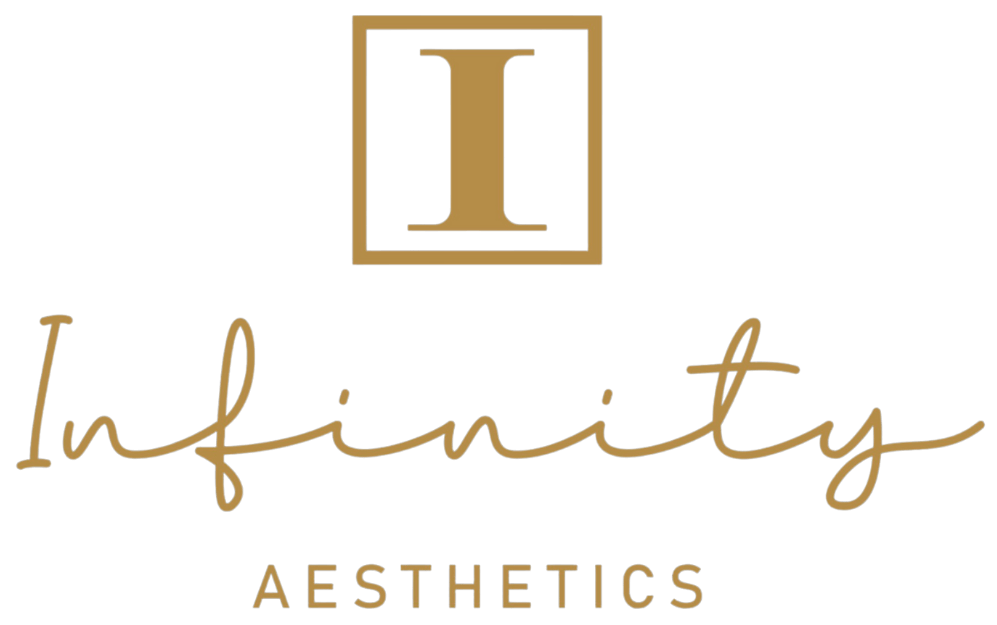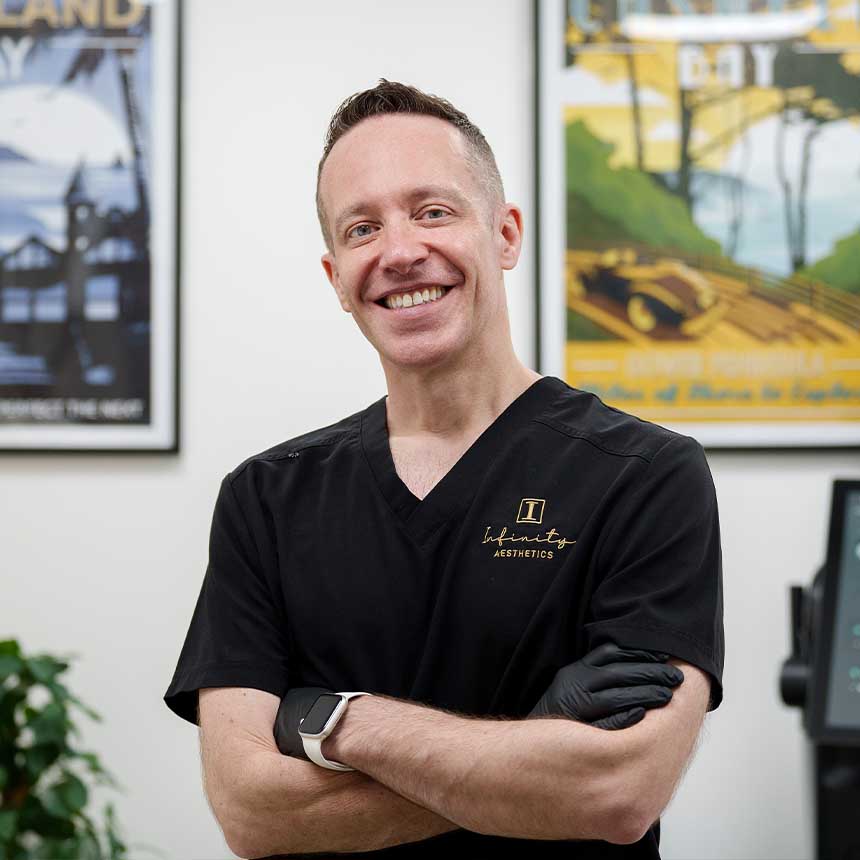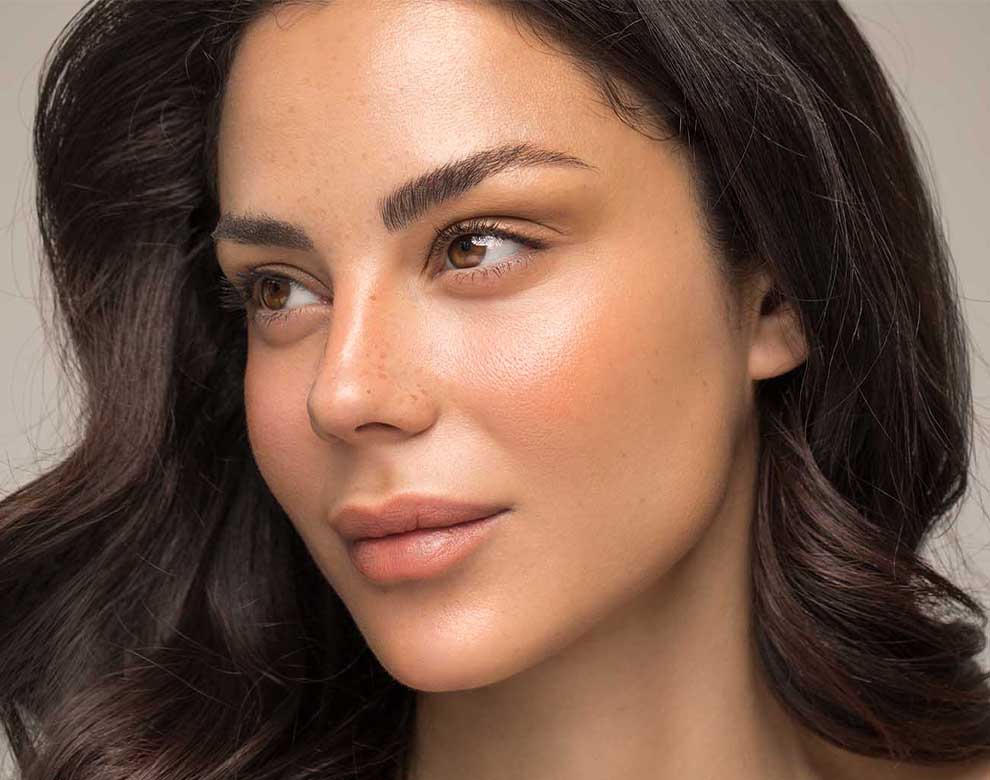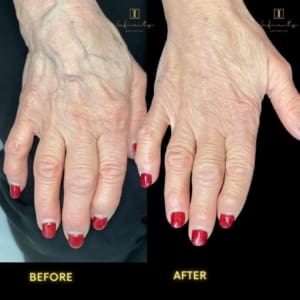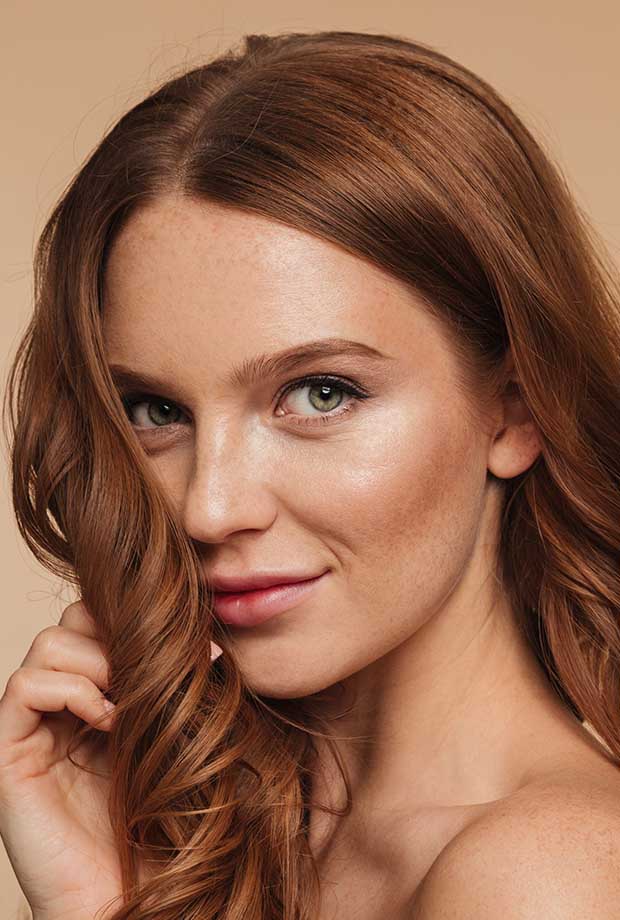Why do I suddenly have a turkey neck?
As we age, our skin tends to sag and lose some of its structure that we had when we were younger. This is due to a number of reasons, and can happen at different times for different people. One reason why our skin becomes loose is due to the fact that the body slowly produces less collagen and elastin as we get older, and skin gradually loses its firmness. The neck is a particularly delicate area of skin, and tends to show signs of ageing prominently. So, what is a turkey neck and how can it be reduced?
Turkey neck usually develops gradually over time, caused by a number of factors including deteriorating muscles, ultraviolet exposure and fat distribution. Other reasons why you may be noticing a turkey neck more than usual can be due to alcohol intake, smoking, stress and poor nutrition. Turkey neck is effectively reduced with radiofrequency treatment and other aesthetic procedures.
Keep reading to find out more about the causes and how to get rid of turkey neck.
What is a turkey neck?
Often developing over a number of years, turkey neck refers to loose skin that appears on the neck, typically appearing for people in their 40s, 50s, 60s and 70s. Referring to the sagging area of a turkey’s neck, the loose skin is a sign of age, and is often treated by aesthetic clinics in attempts to tighten the skin.
What causes turkey neck?
As we get older, our skin loses its natural elasticity and starts to sag. This is because the body is no longer producing the collagen or elastin proteins in a high enough quantity to maintain the skin’s youthful structure. While turkey neck tends to appear as part of the natural ageing process, there are certain factors that can cause the emergence of loose skin to increase such as alcohol intake, smoking, stress, and poor nutrition.
Deteriorating Muscles
The muscles in your neck also slowly deteriorate with age, and are no longer able to support the skin in your neck. This causes skin to sag, and is often one of the main causes of turkey neck.
Ultraviolet Exposure
Without covering your neck with appropriate sunscreen or clothing, increased exposure to Ultraviolet (UV) radiation from the sun can lead to the appearance of turkey neck. As the neck has some of the thinnest skin on the whole body, it is more prone to damage from UV radiation, and must therefore be given appropriate care.
Fat Distribution
Each person is born with a different fat distribution across their body, meaning that some people may experience a turkey neck before others do. Those who are born with increased fat under their chins are more likely to develop a turkey neck, as the excess fat causes the skin to stretch and fold.
How to get rid of turkey neck
Luckily, if you have a turkey neck, there are a number of ways to reduce the visibility of loose skin. A wide range of aesthetic treatments are available, designed specifically to combat turkey neck.
How to prevent turkey neck
Preventative measures can include moisturising regularly, using skin exfoliation products, using sunscreen, eating foods with omega-3 and omega-6 fatty acids to stimulate collagen production, minimise sugar intake, and exercise muscles in the neck and face.
Aesthetic treatments
One aesthetic treatment that is especially effective at tackling turkey neck is the Morpheus8 radiofrequency treatment. This procedure uses micro needles to penetrate the skin deeply, and emit a radiofrequency that stimulates the production of collagen and elastin. Anti-wrinkle injections have also been known to reduce the appearance of turkey neck. One new treatment I have introduced is hyperdilute Radiesse which leaves tiny particles of calcium which act as a scaffold for new collagen to grow around it before the calcium disappears over 12 months. It can be used in conjunction with Morpheus8.
Receive expert treatment for turkey neck
Contact us today to find out more about our available treatments for tackling turkey neck. At our London clinic, we are able to offer a wide range of procedures for all skin types and ages, helping you to rejuvenate your appearance.
